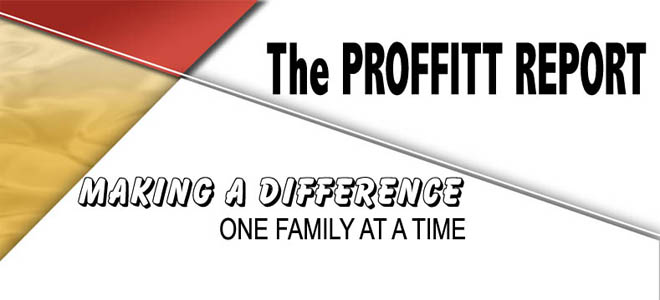Important Deadlines on the Horizon
Two years ago, the Washington Post reported that home loan rates shot up to nearly 7% from 6% in less than a week. The volatility demonstrated that week resulted from turmoil in the financial markets and a lack of buyers for mortgage backed securities (MBS).
That volatility continued through November 2008 when the Federal Reserve announced a program designed to lower rates and provide stability to housing. That program has been incredibly successful, driving rates to the lowest levels of all time. However, as this program will end March 31st, people want to know: Where are rates going now?
Looking for Clarity
Mortgage rates are tied to the price of MBS and like other fixed income vehicles similar to U.S. treasuries, the higher the demand and price, the lower the corresponding rate or yield will be. Therein lies the issue. Throughout 2009, the Federal Reserve was the primary buyer for MBS, purchasing as much as 80% or more of all MBS issued in any given month.
The concern is that when the Fed concludes the program, who will step in to pick up the supply of mortgages for the rest of 2010 and beyond. If investor interest is scarce, look for rates to rise. Also, filling the hole with avid buyers is not the only potential headwind facing MBS and other fixed income investments.
Think About It this Way
Throughout the boom years of real estate, homeowners could just about set any price they wanted when the time came to sell their property. In many cases, simply putting a sign in the front yard would bring multiple offers, driving the price of the home up.
The Federal Reserve has acted in this capacity, supplying heated buying interest for the last fourteen months, in essence, setting the price of MBS and keeping interest rates low. When the Fed stops buying in April, the concern that exists isn't so much that there won't be buyers for home loans but what price those buyers will be willing to pay. The lower the price that new MBS buyers settle on, the higher the rates that consumers will have to pay.
Little Consensus Among Experts
Up until now, the predominant opinion of economists and financial pundits has been that interest rates will rise. The only disagreement has been to what degree and how quickly rates will do so.
On one extreme, David Greenlaw, chief fixed-income economist of Morgan Stanley, expects that rates could climb by more than two points before year end. On the other hand, CNBC has recently paraded people before the camera with the opinion that rates may remain closely unchanged.
Mr. Habib holds fast to his original assertion though that home loan rates are set to rise. "Interest rates for a 30 Year Fixed Rate could rise to 6% by year end and consumers need to be prepared for that." Habib goes on to state that MBS are similar to other fixed income investments that are subject to inflation risk. Inflation erodes the value of bonds and forces rates to rise.
Inflation risk exists not only from the possibility of an improving economy but also increased debt coming from the U.S. Treasury to support stimulus packages and the budget.
One More Thing to Consider
The purchasing of MBS by the Fed does not occur immediately after a loan closes. Several weeks must pass after the consumers close on their mortgages before they can actually be delivered, packaged and sold to investors like the Fed. Because of this, many people anticipate that any potential move higher in rates may not occur until April 1st, after the conclusion of the Fed program.
Habib states that this is not the case for many reasons. Rates have already started to move higher over the past few months, and will likely increase a bit more after the Fed stops buying – not just because the largest buyer is absent, but because speculators will be less confident and unload their positions ahead of the deadline. This gradual increase combined with what we've already seen will be meaningful, and as the year progresses, rates will oscillate higher still. It's like walking up a long staircase...you don't realize how high up you are, until you turn around and look down.
What Now?
If you are a candidate for refinancing your mortgage, call your mortgage professional today to lock in your best opportunity for a low rate. In addition to the potential for rates to rise, there are also other programs in place...that are scheduled to end in June...to assist people who otherwise could not refinance due to loan to value.
For prospective home buyers, any increase in interest rates erodes your purchasing power. In other words, a 1% increase in rate represents an approximate decline in purchasing power by 10%. For example, if rates increase by 1%, people who qualify for a $200,000 purchase price today may only qualify for a purchase price of $180,000 afterwards.
For those who qualify for the tax credit for first-time and repeat home buyers, another deadline also exists. The last day to obtain a contract to qualify is April 30th and closing must occur by the end of June. Miss either deadline and it could cost you up to $6,500 or $8,000, depending on eligibility.
No matter which way you look at it, waiting could cost you. Mortgage rates are still near the best levels we have ever seen. If you are in the position to move forward with obtaining a mortgage, the best decision would be to act sooner rather than later.
Subscribe to:
Post Comments (Atom)









No comments:
Post a Comment